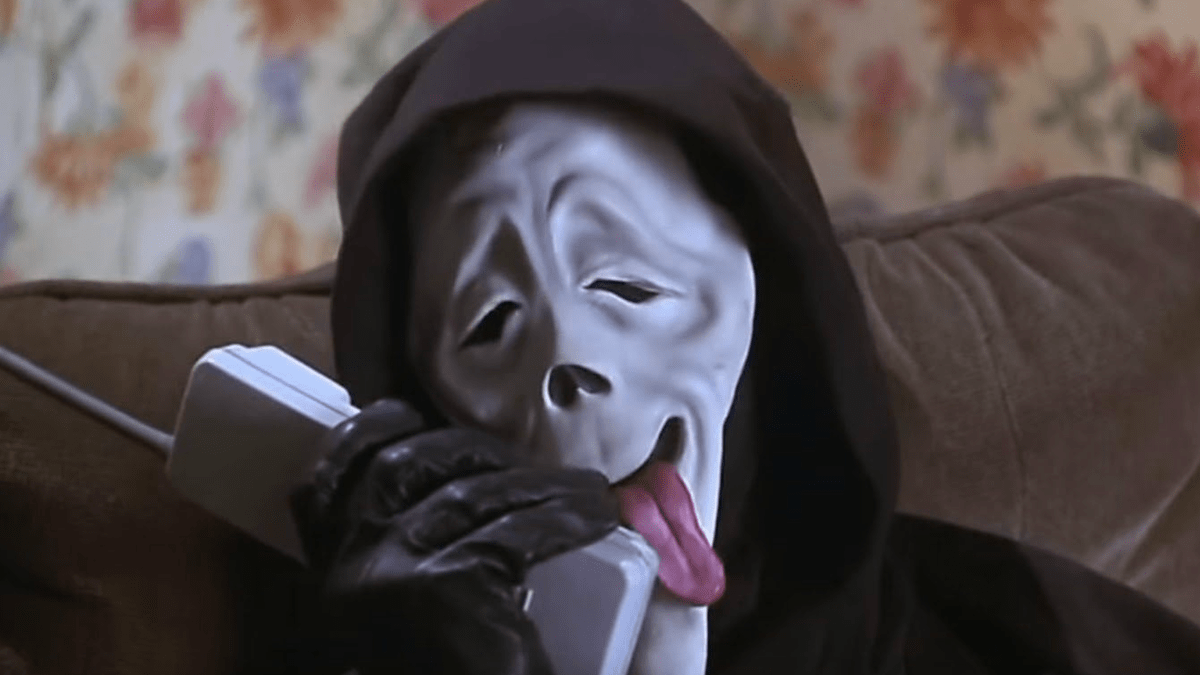
While found footage horror movies have recently began exploiting current technologies in more gleefully bizarre and enthralling ways, that hasn’t stopped filmmakers from uncovering musty reels of old-school possession footage that detail some of the “earliest” recorded cases of terror. The Atticus Institute is one such film, rewinding the clock back for a chilling History Channel-esque special that splices government-conspiracy-spilling talking heads with previously unreleased documentary footage. Writer/Director Chris Sparling understands an entire film can’t be built on VHS-quality pictures alone – despite being a sneaky advantage that hides outdated special effects – but scares are still hard to come by thanks to speedy camera-swapping whenever tension mounts at its highest peak, making the film an easy, breezy, but out-of-date spooker.
The Atticus Institute was once a place where doctors could study people with telekinetic powers, searching for real-life superheroes, until a patient named Judith (Rya Kihlstedt) challenges everything they thought they knew about scientific explanation. Testing off-the-charts in every way, Dr. Henry West (William Mapother) starts to believe Judith is the key to a whole new understanding, but her power starts to become uncontrollable. After calling in the government, Judith reveals a tormented darkness that begins to weigh on all the researchers involved, attacking their weaknesses in sinister ways. Can Judith be contained and kept under wraps before causing too much havoc, or will she tear the institute from the inside out?
The problem with Sparling’s story is that all questions are answered fairly early on, making it tough to truly fear Judith’s inhuman grasp of psychic energy. That’s not to say The Atticus Institute lacks intrigue, but the film is approached with a mindset that values historical information over a raw replaying of uncut evidence, so we already know who lives and who dies based on interview segments alone. Every jolting scare seems rushed and obvious, thanks to security cameras that jump around right before Judith disappears, as Sparling has a tough time trying to keep his government conspiracy tantalizingly horrific to anyone but the researchers who escaped with their lives.
While the old-timers ramble on about generically stereotypical warnings and emotions fueled by hindsight, going as far as to warn viewers that even watching such a tumultuous tale of demonic possession invites evil into their own lives, Sparling is able to push around chairs and bend flimsy paper cups during some pretty snazzy telepathic set-pieces. As Judith finds herself being exposed to more and more torturous experiments, Dr. West and his team begin to realize they’re dealing with an unearthly being that’s becoming more hateful with each electric shock. The paranormal side-story doesn’t exactly remain front-and-center, falling back to let Sparling dissect Judith’s sinister grip on her keepers, but the few moments where a true evil asserts its domineering presence hit a spark of rustic fear that’s equal parts invasive and unsettling. Unfortunately, these heightened moments of blood-pumping excitement are few and far between.
Rya Kihlstedt is the only performer given a role that delves deeper than “Scientist #2,” playing the institute’s demonic inhabitant, and she channels a sinister personality that toes a bipolar line between suffering patient and devious maniac. Despite being restrained at most times, there’s still an irksome presence surrounding Judith because her mental powers can be unleashed at random, and Kihlstedt’s devilish smile eerily compliments her sadistic tenancies. While the other characters around Judith may appear to be generic, lifeless cutouts dressed in button-downs and lab coats, Kihlstedt finds a constant uneasiness as she continues to fight the growing evil inside of her – a bright spot amidst the institute’s dark tale.
Sadly, alas, The Atticus Institute is just another mundane found footage flick that does due diligence trying to reinvigorate the possession subgenre, but Judith’s “rare” case reveals itself to be not-so-exquisite as the “horror” intensifies. There’s no denying a difference from regular shaky-cam efforts that rely on one single character never turning off his or her camera, as Sparling livens up archive footage with interview segments recalling personal details, but such a decision doesn’t let momentum build in a productive manner. Scares are at a minimum, cinematic technology remains as visibly distorted as we remember the 70s to be, and whatever jolts Sparling CAN muster are predictably cut-and-dry, sealing the deal on this institute’s understandable closure.






